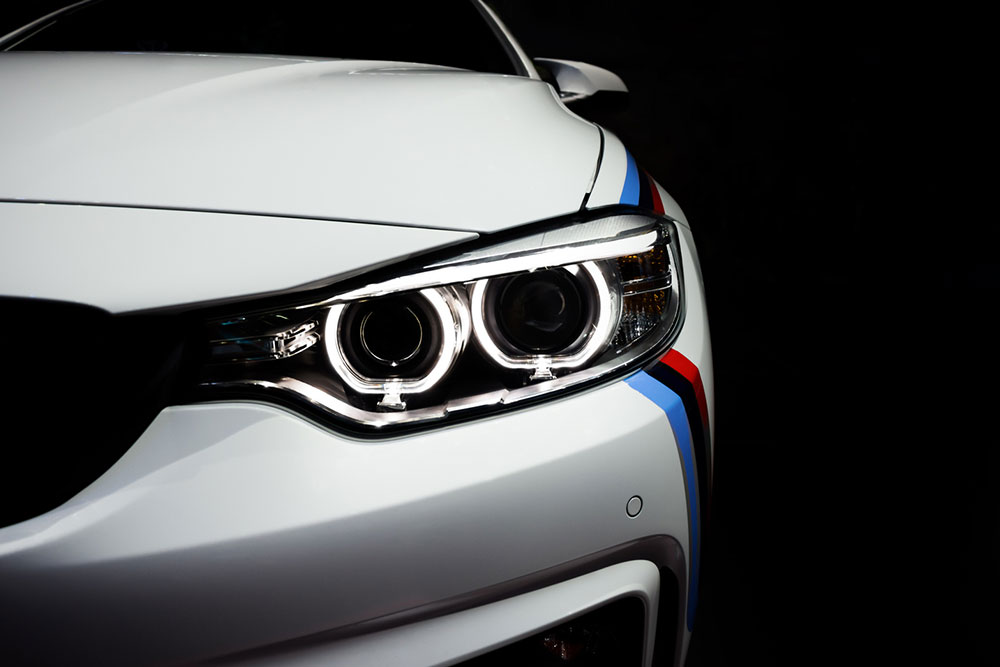Navigating Wheels and Tires – The Ultimate Guide for BMW Enthusiasts
Choosing the right wheels is important to ensure safety while driving a car. One should find the right size, check the thread count, and understand which type they need (seasonal or all-year). These factors help with smooth acceleration, braking, and control. Unfortunately, many ignore these details and buy hastily, which affects their vehicle’s performance. This guide will help BMW enthusiasts pick the right tires and make their cars look cooler with stylish BMW aluminum rims!
Choosing the correct wheels
BMW is well-known for its exceptional range of wheels with state-of-the-art features. But with so many options, choosing the right set can sometimes get difficult.

- Size
The wheel’s diameter dictates how well the car will drive on different terrains. Larger wheels improve stability and grip but compromise ride comfort and fuel efficiency. On the other hand, smaller wheels are easier to maneuver but may impact performance. Buyers should consider how they intend to use their car to find the most suitable wheel size. - Material composition
The material used to make the wheels greatly impacts one’s drive. At BMW, most buyers choose between alloy and steel wheels. Alloy wheels are lightweight, which improves overall driving dynamics, reduces unsprung weight, and offers better braking.
Given the harsh German winters, individuals must also pay attention to the type of tires they buy. This requirement is now governed by federal law. The “von O bis O” rule (von Oktober bis Ostern) suggests switching from regular to winter tires in October and using them till Easter. While the law does not state any time limits, it requires using snow tires in icy conditions. Not following this can result in a fine, a point in Flensburg, and an increased auto insurance premium. Thus, drivers must be extremely careful and invest in summer/all-season and winter tires.
Lastly, one should look for a set of wheels that complement the overall car design, giving it a cohesive, put-together finish. Depending on one’s aesthetic preferences, individuals can choose from minimal designs or bold and sporty looks to build the car of their dreams. Adding a final touch, such as chrome or black gloss, can further enhance the car’s style and make the wheels more durable.
After changing the tires, one must store them properly as it affects the rubber’s integrity. Individuals must place them one on top of the other horizontally, without the rim standing up, in a cool, dark, and dry environment. Rotating or turning them from time to time is also important.
Wheels and fuel efficiency
The wheels’ design, material, and weight greatly impact a car’s fuel efficiency. Heavy wheels require a lot of energy to rotate, which results in higher fuel consumption. Their shape affects the car’s aerodynamics, that is, how it moves through the air. BMW’s wheels offer better aerodynamics, reduce drag, and improve airflow, offering a smoother ride and reducing fuel consumption.
Maintaining BMW wheels
One must care for the tires like the rest of the car. The following tips help maintain the BMW’s handling and efficiency:
- Remove any dust, dirt, and debris from the tires once a week (and after every long drive).
- Wash the surface with a gentle soap and water. Do not use any harsh chemicals.
- Check for problems like cracks or bends. Also, look for signs of corrosion, peeling paint, or a curb rash and fix them promptly.
- Maintain the ideal tire pressure (as issued by BMW guidelines).
BMW vs. other tires
The appeal of BMW tires is unmatched. Besides being sleek and sporty, they offer high levels of performance that thrill car enthusiasts worldwide. This can be attributed to the company’s focus on research and development. But what really bowls petrolheads over is BMW’s attention to detail. The tires feature bespoke patterns, which have been instrumental in upholding the brand’s image. Plus, buyers can choose from a wide range of wheel options and customizable accessories like valve caps, hub caps, and wheel bolt locking systems.
BMW’s aluminum rims (BMW Alufelgen) are a crowd-favorite because they enhance the appeal of any car model. When buying them, one should check their authenticity by looking for the official BMW stamp on the back or an “M” badge below the front center cap. The BMW OEM wheels also feature a three-digit code stamped near the valve system to denote their authenticity.
While BMW provides many benefits, one must buy the complete wheel for the best outcome. That way, one can enjoy diverse choices (aluminum or alloy rims, colors, surfaces, materials, sizes, etc.) and ensure perfectly aligned wheels, tires, and TPMS sensors. BMW’s complete wheels are also thoroughly inspected at a modern facility in the country using different methods to ensure a safe and comfortable drive!

